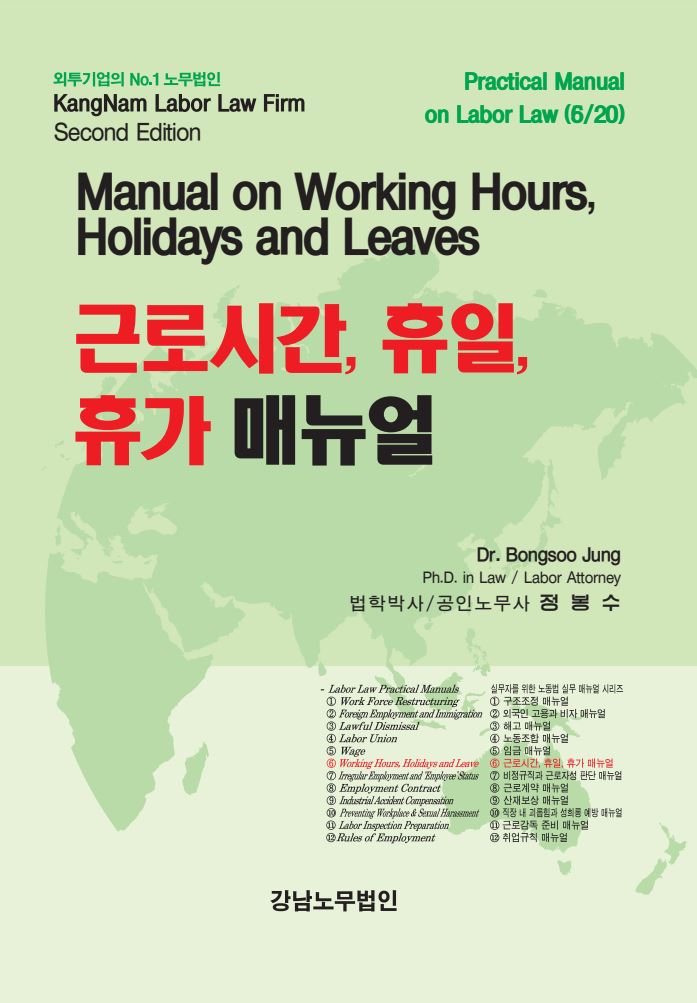| |
|
|
|
|
The current Moon Jae-in government, since his inauguration on May 10, 2017, has been pushing labor-friendly policies, reflected in the increased minimum wage, shortened working hours, additional vacation time and holidays, expanded coverage of industrial accident insurance, and stronger labor supervision. The most significant changes to the working environment are the reduced working hours and the increase in holidays and leaves.
In terms of working hours, the 52-hour workweek has been introduced and settled. By introducing the concept that 7 days equal one week, including a weekly holiday, the maximum weekly working hours were reduced from 68 to 52 (amended on March 20, 2018). In annual leave regulations, the number of days for employees working less than two years had been limited to 15 over that two-year period. The related law was amended to allow for an additional 11 days in the first year, and 15 days in the second (amended November 18, 2017). In addition, national holidays were introduced as statutory holidays (amended March 20, 2018).
In this business environment, where working hours have been shortened and more holidays and vacation days added, there is no possibility for companies to remain externally competitive and internally more productive. Instead, they must design their working hours to suit their own company characteristics. This manual explains various types of working hour schedules so that flexibility can be designed. It also introduces related regulations, agreements between labor and management, and detailed methods of introduction necessary so that this manual can be used well in practice.
It is my hope that this manual will be of assistance to HR managers, giving them an opportunity to better understand the legal concepts of working hours, holidays, and leaves and see how working hour-related matters in labor law apply in practice.
|
|
|



